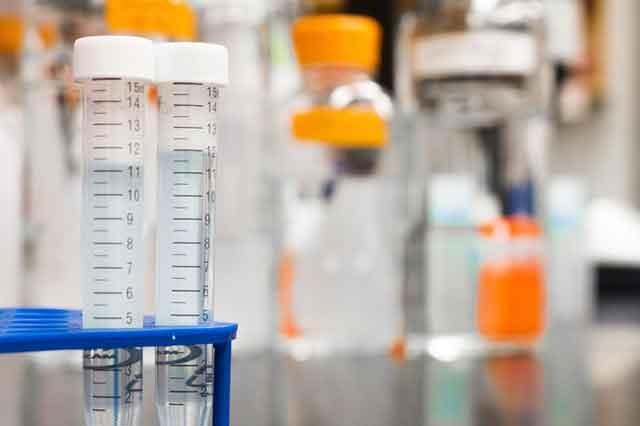Diagnosing Diabetes
Diagnosing diabetes is normally done by running one of a number of chemical tests on either the urine or the blood of the patient. The following are the more common tests used to diagnose diabetes.
Testing For Urinary Glucose
A non-diabetic person loses undetectable amounts of glucose in the urine whereas a person with diabetes loses glucose in small to large amounts, in proportion to the severity of their disease and the number of carbohydrates they consume. Simple tests can detect glucose within a urine sample and so can confirm the presence of diabetes however if a positive result is recorded a more complex quantitative laboratory test will be carried out in order to establish the severity of the condition.
Fasting Blood Glucose And Insulin Levels
A fasting blood glucose level in the early morning of around 80 to 90mg per 100 ml is considered to be normal, and a level of 110mg per 100ml is taken as the upper limit of normal. Anything above this value often indicates diabetes mellitus.
In type I diabetes, the insulin levels measured in the blood plasma are very low or undetectable during fasting and even after a meal. However, in type II diabetes, the plasma insulin concentration maybe three or four times higher than normal. Either way, the concentrations detected by the clinical tests will be abnormal and so can be used as an indicator of the disease.
Glucose Tolerance Test
When a normal fasting person ingests 1 gram of carbohydrate per kilogram of bodyweight their blood glucose level rises from an average of 90mg per 100ml to around 120mg per 100ml. Following this rise, the level then drops back to normal in around 2 hours.
A person with diabetes however has an average blood glucose concentration of around 120mg per 100ml even before ingesting the carbohydrate. After ingestion, their blood glucose concentration can rocket to over 200mg per 100ml and it takes anywhere up to 6 hours for it to drop back down to around its starting level.
This slow fall and its failure to drop to normal levels demonstrate that either:
- The normal increase in insulin secretion that normally occurs after glucose ingestion is impaired
- There is a decreased sensitivity to insulin. Measuring the concentration of plasma insulin will distinguish type I from type II diabetes (see above).
Acetone Breath
Small quantities of acetoacetic acid in the blood are converted to acetone in severe cases of diabetes. This is a volatile acid and is expired as an individual breathes out. Consequently, a physician can often diagnose type I diabetes simply by smelling acetone on the breath of a patient.
Keto Acids In The Urine
In diabetic individuals, keto acids can often be detected by chemical means in the urine and their quantification can help to determine the severity of the disease.
Swift diagnosis of diabetes means that treatment is received as early as possible. Many of the diagnostic tests can be done by your regular doctor which means that if you are at all worried that you may have a form of diabetes, one quick visit to the doctor will be able to put your mind at ease.
